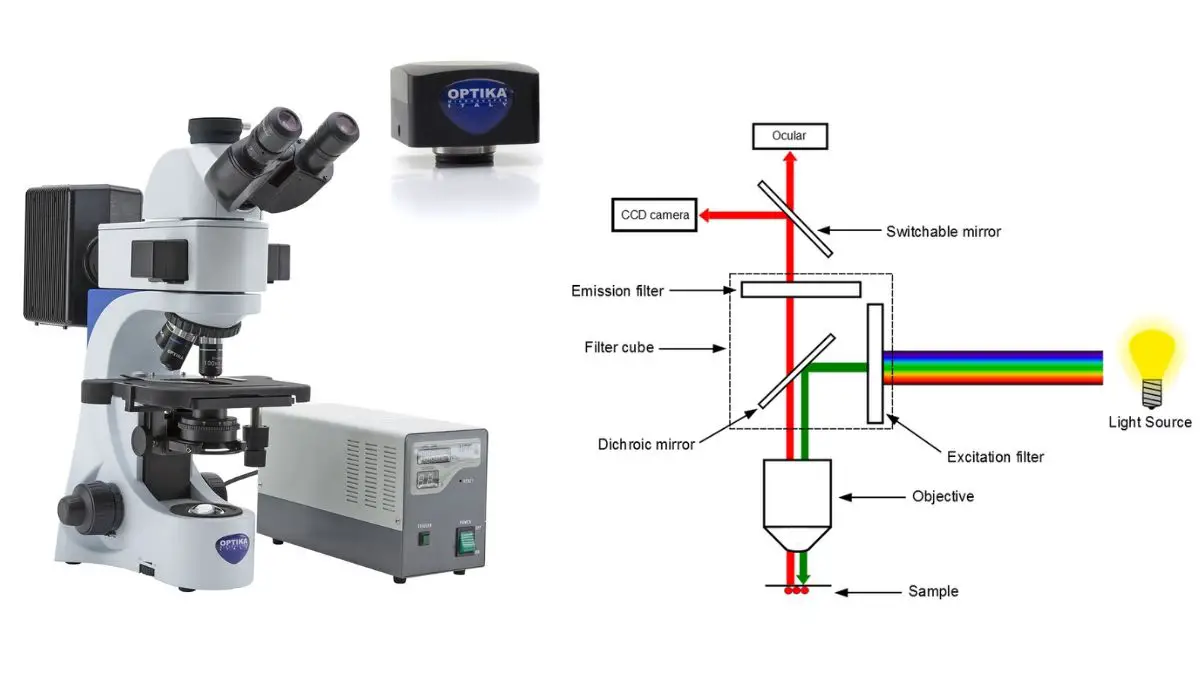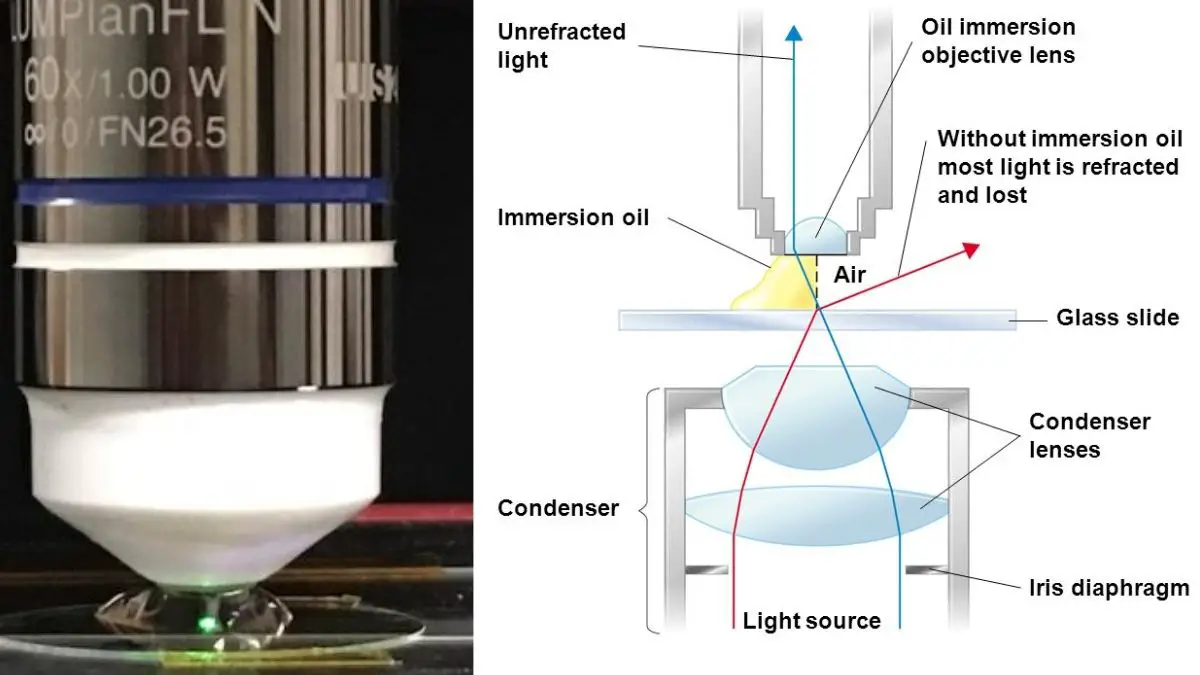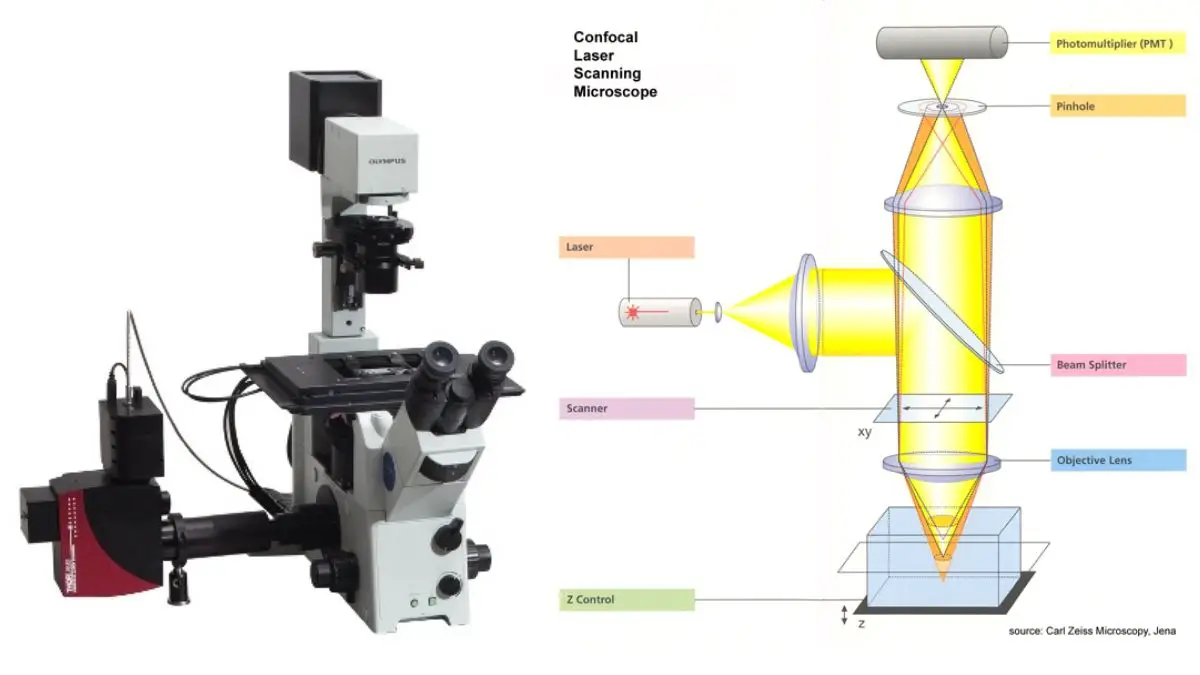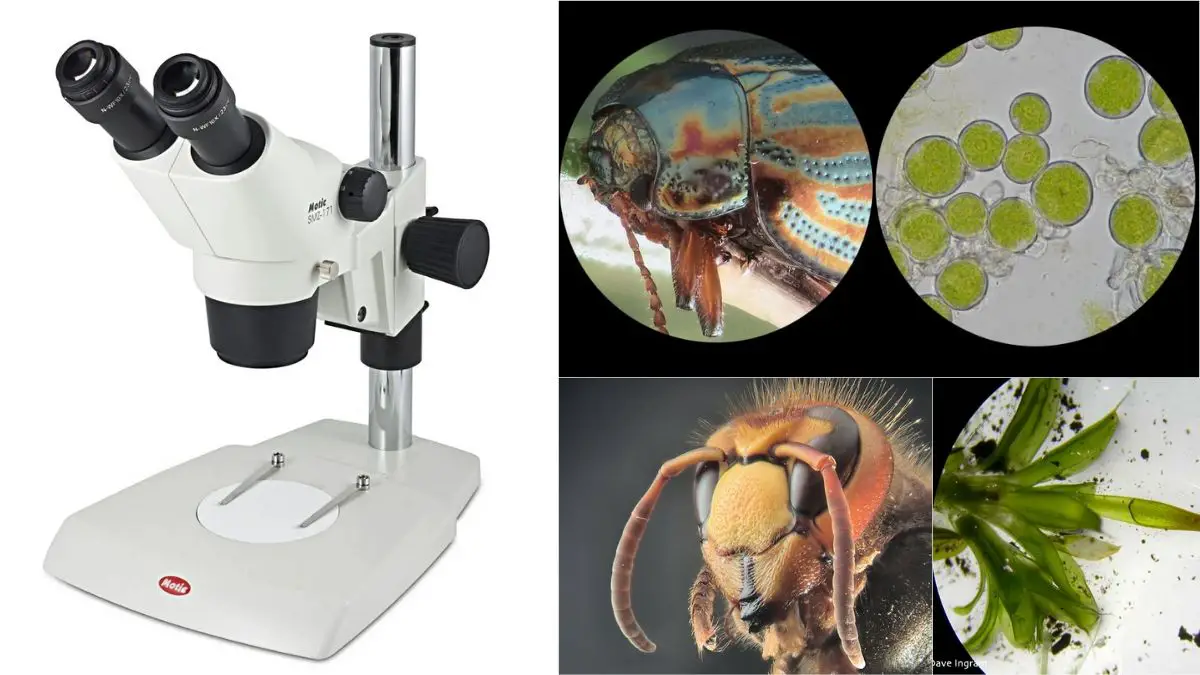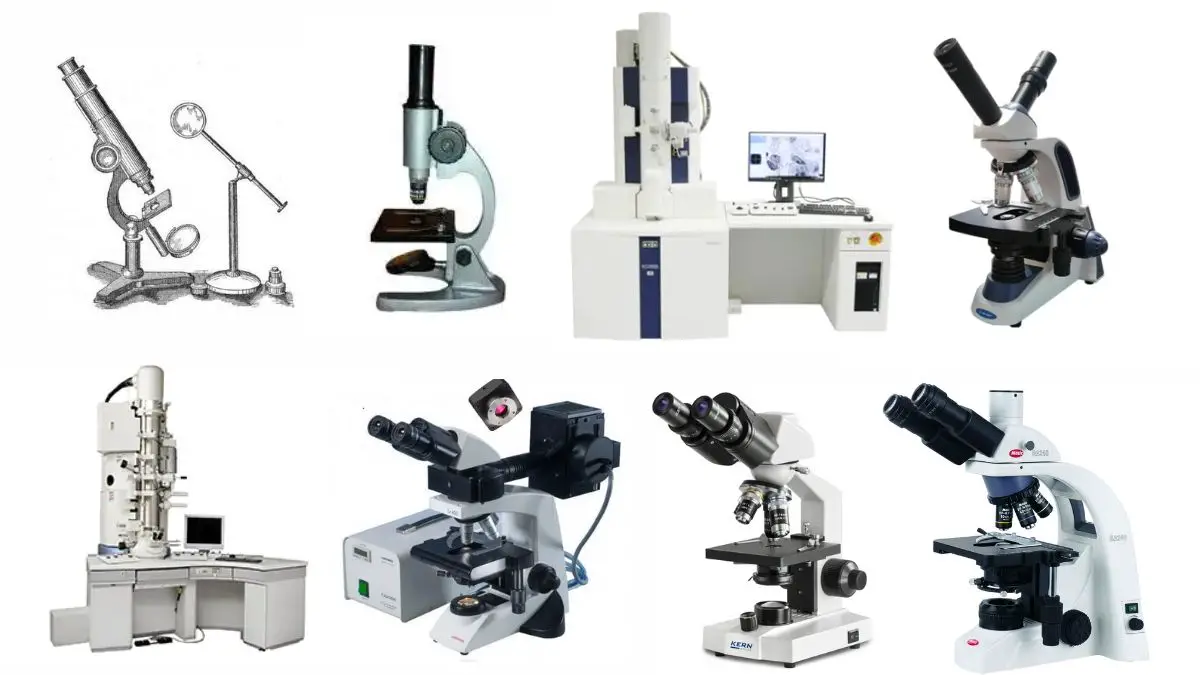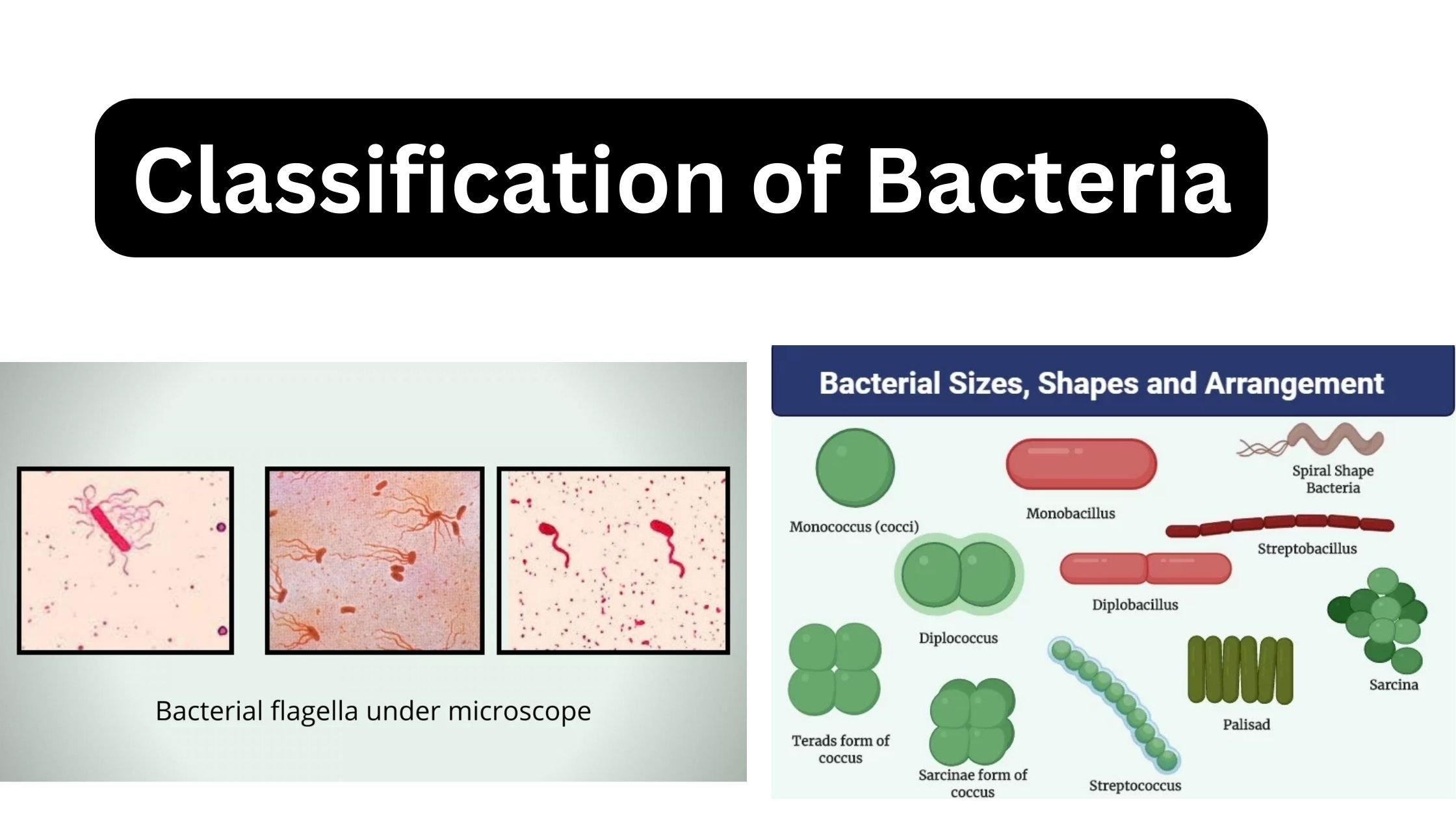Fluorescence Microscopy – Principle, Parts, Uses
What is Fluorescence Microscopy? A fluorescence microscope is an optical microscope that employs fluorescence for examining specific properties of select organic and inorganic substances. A fluorescence microscope functions by observing labeled samples; the labels here are the specific fluorescent molecules (or clusters of molecules)—termed fluorophores—that emit light when stimulated at specific frequencies. Components of a … Read more
